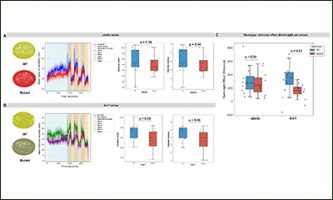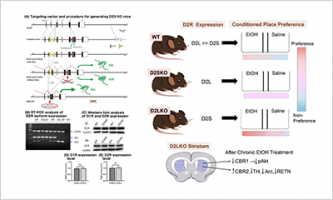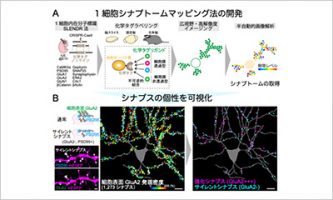A novel diagnostic marker for an ischemic stroke subtype with difficulty in differential diagnosis
Apr 15 2020
The research group led by Contract Assistant Professor Itaru Ninomiya, and Associate Professor Masato Kanazawa of Department of Neurology, Brain Research Institute, Niigata University, has demonstrated for the first time that the levels of an inflammatory protein, pentraxin 3 (PTX3), are elevated during the hyperacute phase of branch atheromatous disease (BAD)—an ischemic stroke subtype—and have the potential as a diagnostic biomarker. BAD, often associated with serious sequalae, presents early symptoms that are similar to lacunar infarction (LI), therefore is extremely difficult to differentiate. Moreover, unlike LI, exacerbation of BAD commonly occurs despite treatment initiation, and early differentiation of BAD might significantly contribute to the development of treatment strategies.
Further details of the discovery of this novel diagnostic marker for ischemic stroke, associated with difficulty in differential diagnosis, were published on April 6, 2020 (Japan time), in the European Journal of Neurology.
Publication Details
Title: Elevated serum pentraxin 3 levels might predict the diagnosis of branch atheromatous disease at a very early stage
Journal: European Journal of Neurology
Authors: Itaru Ninomiya, Masato Kanazawa, Masahiro Uemura, Osamu Onodera
DOI: 10.1111/ene.14249
More News
-
 Dec 08 2025 Research results
Dec 08 2025 Research resultsBehavioral and molecular insights into anxiety in ube3a and fmr1 zebrafish models of autism spectrum disorders
-
 Nov 18 2025 Research results
Nov 18 2025 Research resultsDopamine D2S/D2L Receptor Regulation of Alcohol-Induced Reward and Signaling
-
 Nov 17 2025 Research results
Nov 17 2025 Research resultsSingle-cell synaptome mapping of endogenous protein subpopulations in mammalian brain
